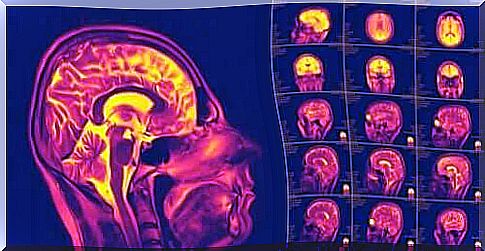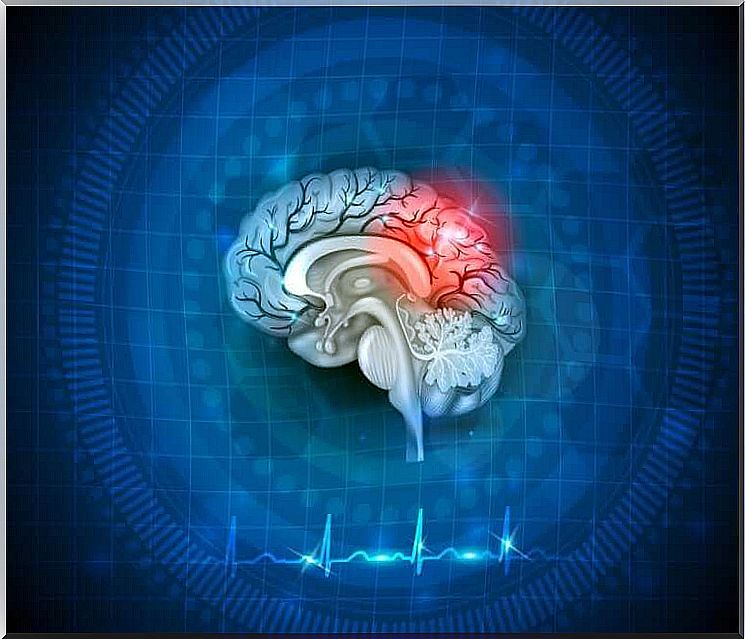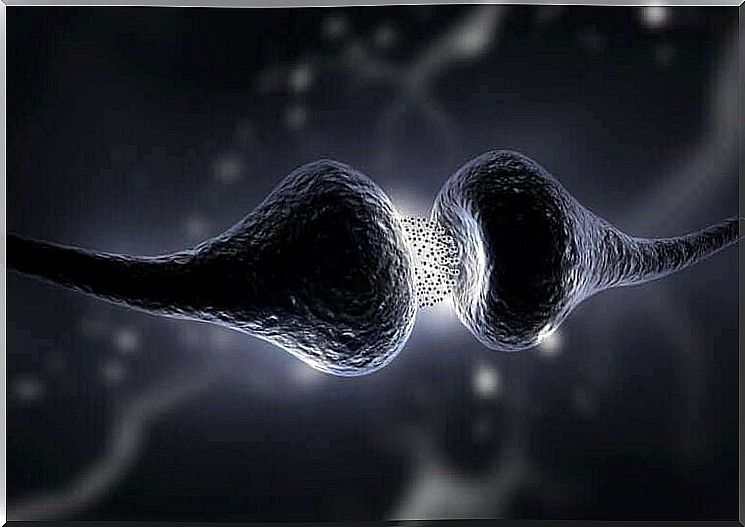What Does Brain Neuroplasticity Mean?

Brain neuroplasticity, or brain deformability, is one of the most significant recent findings in the human body. It is the brain’s ability to shape itself and adapt to new behaviors or experiences.
Until recently, researchers believed that nerve circuits formed and changed only during childhood. In other words, the idea was considered impossible that even in adulthood they could change or make new connections based on experience or learning.
Then, however, the researchers found that the nerve cells in our brain can constantly regenerate. They do this anatomically, but they can also make new connections. This is the concept commonly known as “brain neuroplasticity”. It may sound simple, but in reality it is a pretty miraculous ability: thanks to neuroplasticity, the brain can even recover from certain injuries or disorders.
Interested in learning more about brain neuroplasticity? If interested, read on!
What is brain neuroplasticity?
In the past, therefore, the common belief was that nerve tissue could change only in the early stages of life. Thus, it was believed that if there had been any injury to the brain tissue, it would be impossible to recover from it. In recent years, however, it has been found that this is not true.
Brain neuroplasticity is the ability of neurons to regenerate. They do this both anatomically and functionally. It is a process involving many biochemical and metabolic reactions. It also means that neurons have an excellent ability to adapt.
Scientists began to pay attention to this in the 1960s. In particular, they studied numerous cases of cerebral infarction in adult patients, and surprisingly found that many appeared to recover after injury. Various imaging and stimulation experiments were then initiated to prove that brain neuroplasticity indeed exists, and even in adulthood.
Although research has come a long way since the 1960s, it still continues. There are many different aspects to this topic and new research data is being discovered all the time.

How does brain neuroplasticity work?
Synapse is the area where neurons communicate with each other. When we are born, our cerebral cortex has only a limited number of synapses per neuron. Experts estimate that there are about 2,500 synapses at birth. Over the years, that number then rises to nearly 10,000 synapses per neuron.
The number of synapses increases because as we grow, we experience and learn different patterns of behavior. All of this causes new brain connections to form and strengthens existing connections. However, it also means that those we do not use will die.
The main mechanisms of neuroplasticity are as follows:
- The sensitivity of a neuron, or nerve cell, is restored. This is because the balance between ions inside and outside the neurons is restored.
- Damaged parts of nerve cells regenerate, especially the axon, or export branch.
- Circuits that have not been active will return to working order.
These mechanisms are complex, but they result in more synapses, or nerve junctions, in the brain.

The significance of this finding
Brain neuroplasticity is of primary importance for treatment. When it was found out that this process does exist, the researchers found that many brain injuries are indeed treatable. When the brain can make new connections, their lost or impaired functions are restored.
This phenomenon is mainly studied in people who have suffered from some kind of disability. However, there are some diseases that could potentially be cured or alleviated with this information. These diseases include:
- Obsessive-compulsive disorder
- Certain types of schizophrenia
- Attention Deficit Hyperactivity Disorder
- Anxiety and depression
Of course, we hope that researchers will learn even more about laughter plasticity in the future. The more information we have, the better chance we have of curing and alleviating various diseases in the future.









